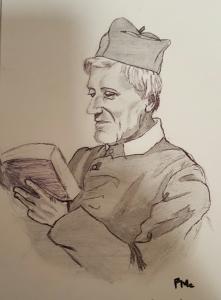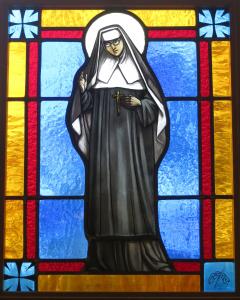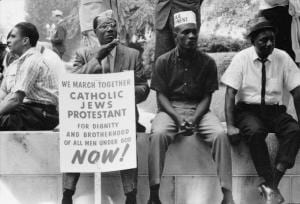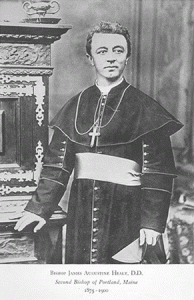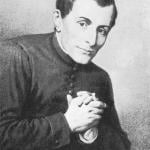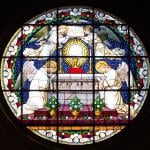Villanova University has been sponsored by the Augustinian Order since its founding in 1842. Today, the University is comprised of five colleges: Liberal Arts and Sciences (Villanova College), Engineering, School of Business (formerly known as the College of Commerce and Finance), Nursing and the School of Law. The University traces its origins to old Saint Augustine’s Church in Philadelphia, which the Augustinians founded in 1796, and to its parish school, Saint Augustine’s Academy, established in 1811. The school was called the “Augustinian College of Villanova” and placed under the patronage of Saint Thomas of Villanova, a sixteenth-century Augustinian theologian, educator, and bishop of Valencia, Spain. The College gave its name to the town that eventually grew up around it. The Augustinians hoped Villanova would become a center for the renewal of Augustinian religious life, a place where they could receive novices for the Order and educate candidates for the priesthood, and an academy for boys. Although men of vision, the early Augustinians could have no idea of the hardships they would endure or even of how successful their project would become. Whether they had an indication that they had become part of a national movement that began in the early and mid-nineteenth century to found institutions of higher learning is a matter of conjecture. The evidence suggests that these Augustinians knew their future lay in education, as they had established, briefly, an academy at Saint Augustine’s in 1811. Other religiously affiliated educational institutions were also being established in the Philadelphia area. Father John Possidius O’Dwyer was named president, and the classes for the new college began on 18 September 1843. The class of thirteen students embarked on a traditional liberal arts curriculum taught by Father O’Dwyer, two other Augustinians, Father Francis Ashe and Father William Hartnett, a diocesan priest, Father Florimond Bondue, and two laymen, Mr. E. A. Ansley, and Mr. William Dalton. At the outset, however, difficulties plagued the new College. The anti-Catholic, anti-immigrant “Know Nothing” riots in Philadelphia in 1844 resulted in the burning of Saint Augustine’s Church. The need to rebuild the church and maintain the new college created a financial crisis for the Order. As a result, the College closed its doors on 20 February 1845. It was able to reopen in September 1846, with a student population of twenty-four, and the first commencement took place on 21 July 1847. The following year, on 10 March 1848, the Governor of Pennsylvania, Francis R. Shunk, signed the Act of Legislature incorporating “The Augustinian College of Villanova in the State of Pennsylvania for the education of persons in the various branches of science, literature, and ancient and modern languages,” and conferring on Villanova College “the power to grant and confirm such degrees in the Arts and Sciences.”
(From the university website)



